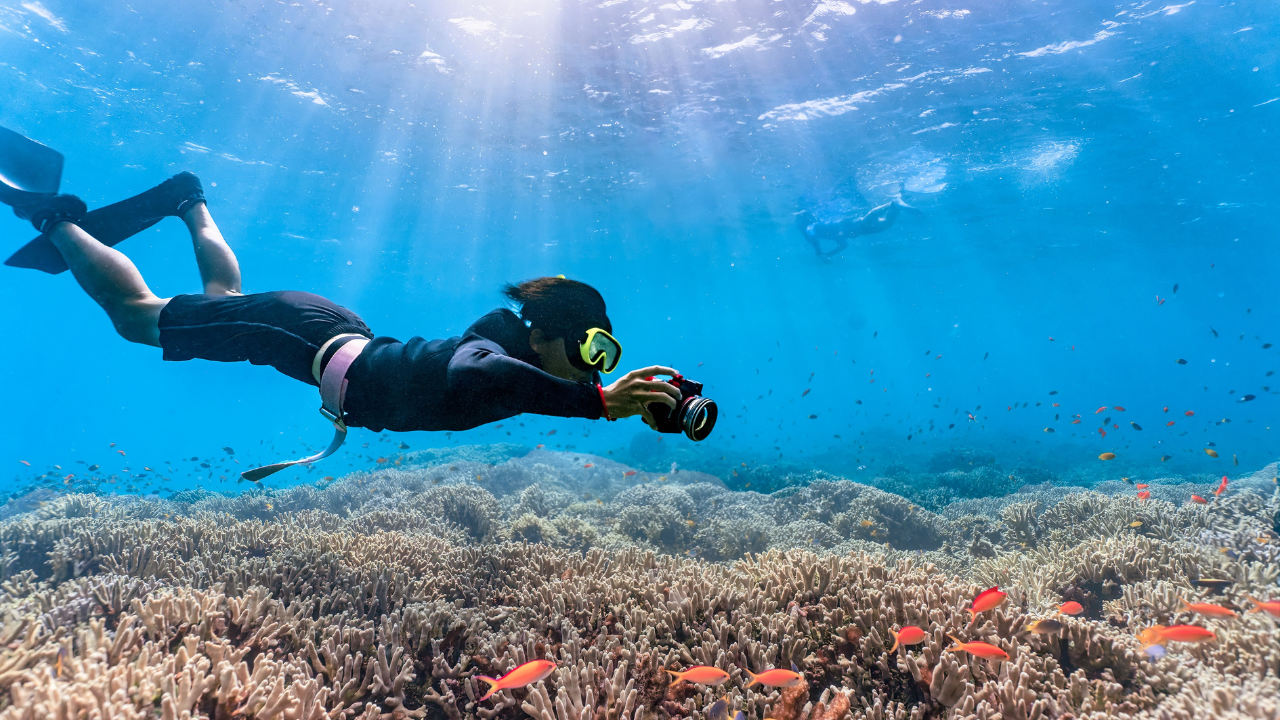I’ll never forget the first time I dipped my mask into the crystal-clear waters of the Andaman Sea. Schools of neon-colored fish darted around me, coral gardens swayed gently in the current, and a sea turtle glided by like it had all the time in the world.
That moment—my first real snorkeling adventure in Thailand—was the start of my love affair with Asia’s underwater wonders.
Asia is a treasure trove for snorkelers and divers. From the vibrant reefs of the Philippines to the mysterious underwater caves of Indonesia, this continent offers some of the most breathtaking marine experiences on the planet.
Whether you’re a seasoned diver or a first-time snorkeler, these 8 beaches will leave you spellbound.
Let’s dive in.
1. Koh Tao, Thailand – The Diver’s Playground
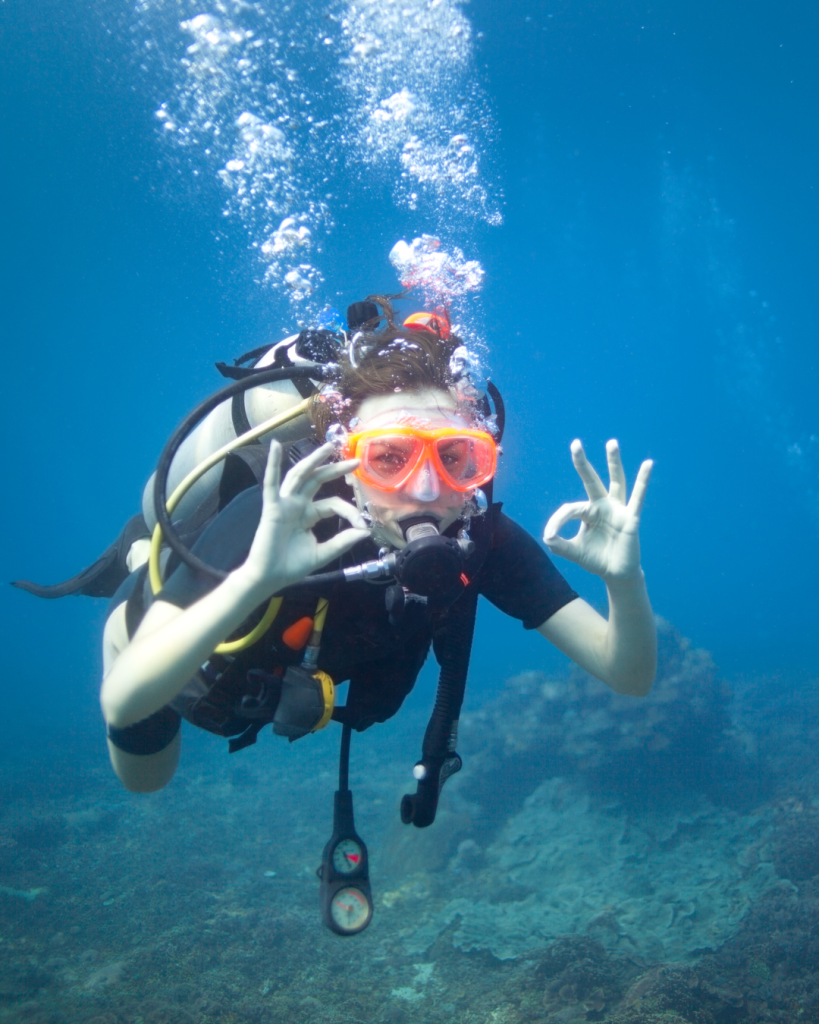
Why Koh Tao?
Koh Tao, or “Turtle Island,” is a haven for divers and snorkelers alike.
Its calm, warm waters are teeming with marine life, and the island’s laid-back vibe makes it perfect for beginners.
Personal Experience: My First Dive
I got my PADI certification here, and it was one of the best decisions I’ve made.
My instructor, a sun-kissed Aussie named Dave, took me to Shark Island, where I swam alongside blacktip reef sharks. Spoiler: They’re more scared of you than you are of them!
Essential Visitor Info
- When to visit: December to April for dry, sunny weather.
- Getting there: Fly to Koh Samui, then take a 2-hour ferry (around $25).
- Costs: Dive courses start at 250;snorkelingtripscost250;snorkelingtripscost20–$40.
- Where to stay: Budget-friendly Sairee Beach bungalows (150/night).
- Must-see spots: Chumphon Pinnacle (dive site), Nang Yuan Island (snorkeling).
- Food: Try pad see ew at local street stalls (2–2–3).
- Local tip: Rent a scooter ($7/day) to explore hidden beaches.
2. Tubbataha Reef, Philippines – A UNESCO Underwater Gem

Why Tubbataha?
Tubbataha Reef is a UNESCO World Heritage Site and one of the most biodiverse marine areas in the world. Think pristine coral walls, hammerhead sharks, and manta rays.
Personal Anecdote: A Close Encounter
During a liveaboard trip, I woke up at dawn to the sound of dolphins playing beside the boat. Later that day, I spotted a giant manta ray gliding gracefully below me—pure magic.
Essential Visitor Info
- When to visit: Mid-March to mid-June (peak diving season).
- Getting there: Fly to Puerto Princesa, then take a liveaboard (3–4 days).
- Costs: Liveaboards start at $1,000, including meals and dives.
- Where to stay: Liveaboards are the only option; book early!
- Must-see spots: Shark Airport (yes, it’s a dive site!), Amos Rock.
- Food: Liveaboards serve Filipino dishes like sinigang (sour soup).
- Local tip: Bring motion sickness pills—the open sea can be rough.
3. Nusa Penida, Indonesia – The Manta Ray Haven
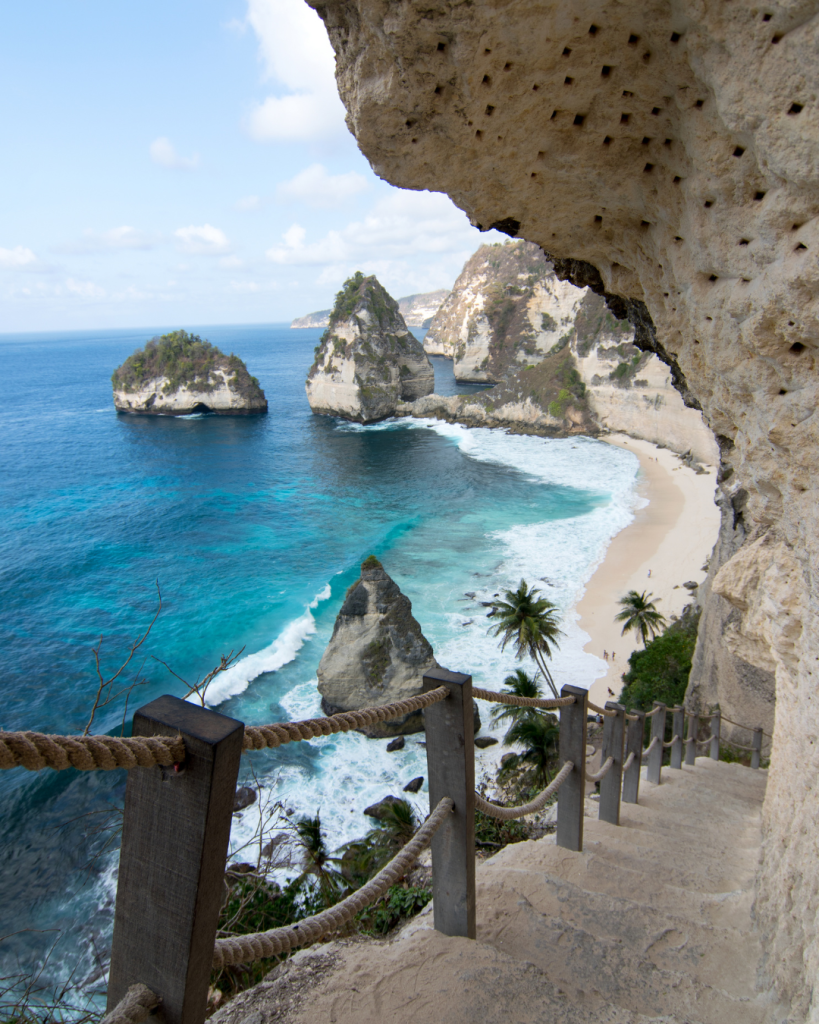
Why Nusa Penida?
Nusa Penida, a small island southeast of Bali, is famous for its dramatic cliffs, crystal-clear waters, and—most importantly—its resident manta rays.
This is one of the best places in the world to swim with these gentle giants.
Personal Experience: Dancing with Mantas
I’ll never forget the first time I saw a manta ray up close. At Manta Point, I floated in the current, watching in awe as these majestic creatures glided beneath me.
Their wingspan was wider than my outstretched arms, and they moved with such grace that it felt like a ballet performance.
Essential Visitor Info
- When to visit: April to October for calm seas and clear visibility.
- Getting there: Take a fast boat from Sanur, Bali (45 minutes, around $30 round trip).
- Costs: Snorkeling tours start at 40;divingtripscost40;divingtripscost80–$120.
- Where to stay: Stay in budget-friendly guesthouses (15–15–30/night) or splurge on beachfront villas ($100+/night).
- Must-see spots: Manta Point, Crystal Bay, and Kelingking Beach (for epic photos).
- Food: Try nasi goreng (fried rice) at local warungs (2–2–3).
- Local tip: Bring reef-safe sunscreen to protect the fragile marine ecosystem.
4. Similan Islands, Thailand – The Underwater Wonderland
Why the Similan Islands?
The Similan Islands are a group of nine islands in the Andaman Sea, known for their powdery white beaches and some of the best dive sites in Thailand.
The underwater landscape here is surreal, with granite boulders, coral gardens, and an abundance of marine life.
Personal Anecdote: A Dive to Remember
During a dive at Elephant Head Rock, I swam through a narrow canyon surrounded by colorful soft corals.
Suddenly, a school of barracuda appeared, forming a swirling silver tornado around me. It was like being inside a National Geographic documentary.
Essential Visitor Info
- When to visit: November to April (the islands are closed during monsoon season).
- Getting there: Fly to Phuket, then take a speedboat (90 minutes, around $60 round trip).
- Costs: Day trips start at 80;liveaboardscost80;liveaboardscost300–$500 for 3–4 days.
- Where to stay: Most visitors stay in Phuket or Khao Lak. Try budget hotels (20–20–40/night) or beach resorts ($100+/night).
- Must-see spots: Elephant Head Rock, Richelieu Rock (famous for whale sharks).
- Food: Pack snacks for day trips; meals are usually included on tours.
- Local tip: Book your trip early—the Similans have a daily visitor limit to protect the environment.
5. Sipadan Island, Malaysia – The Diver’s Holy Grail
Why Sipadan?
Sipadan Island, off the coast of Malaysian Borneo, is often hailed as one of the top dive sites in the world. This tiny oceanic island is surrounded by a marine sanctuary teeming with turtles, barracudas, and hammerhead sharks.
Personal Experience: A Turtle Paradise
I’ll never forget my first dive at Barracuda Point. As I descended, I was greeted by a swirling tornado of barracudas. Moments later, a green sea turtle swam right up to me, as if to say hello. It was like stepping into a scene from Finding Nemo.
Essential Visitor Info
- When to visit: April to December for the best visibility.
- Getting there: Fly to Tawau, then take a bus or taxi to Semporna (1.5 hours). From there, it’s a 45-minute boat ride to the island.
- Costs: Dive permits are 40/day;divingpackagesstartat40/day;divingpackagesstartat150/day.
- Where to stay: Stay in Semporna at budget lodges (15–15–30/night) or on nearby Mabul Island at dive resorts ($100+/night).
- Must-see spots: Barracuda Point, Turtle Cavern, and Hanging Gardens.
- Food: Try nasi lemak (coconut rice with anchovies) at local eateries (2–2–3).
- Local tip: Book your dive permit months in advance—only 120 permits are issued daily to protect the ecosystem.
6. Apo Island, Philippines – A Snorkeler’s Dream
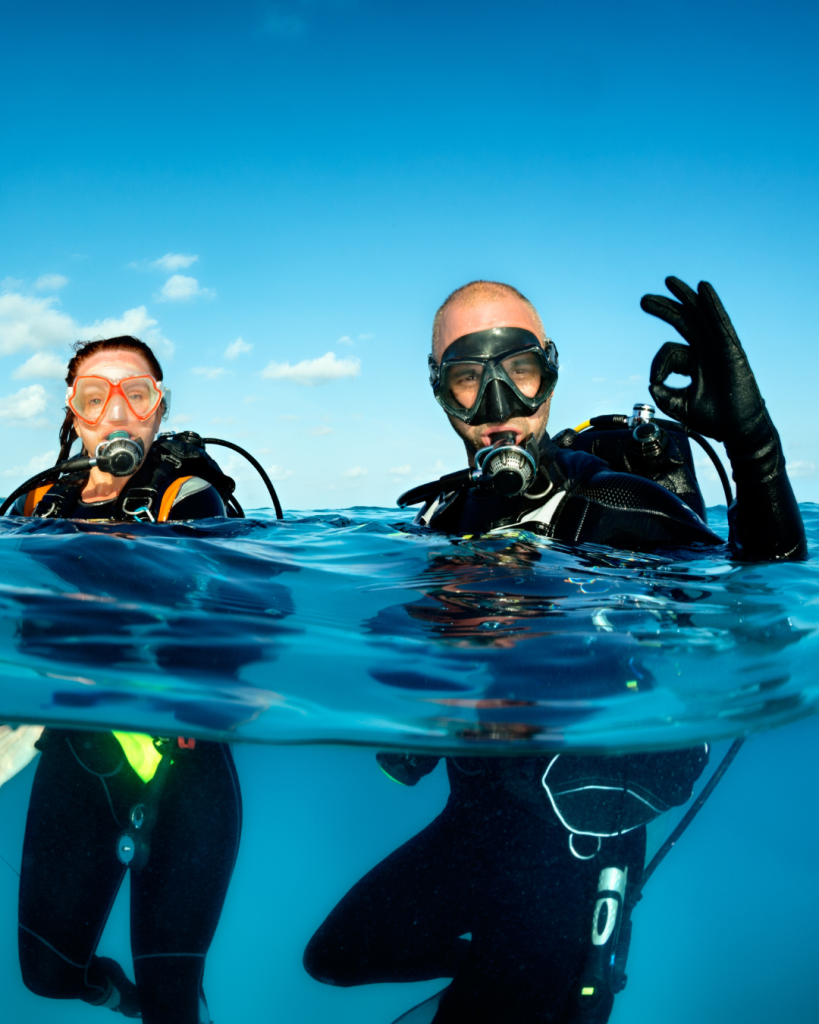
Why Apo Island?
Apo Island, a tiny volcanic island in the Visayas, is a marine sanctuary known for its vibrant coral reefs and resident sea turtles. It’s a quieter alternative to more touristy spots, making it perfect for snorkelers and eco-conscious travelers.
Personal Anecdote: Swimming with Turtles
I spent an entire afternoon snorkeling off Apo Island’s shores, and it felt like I was in a turtle convention. At one point, I counted seven turtles grazing on seagrass within a 10-meter radius. One even swam right up to me, its curious eyes meeting mine before it gracefully swam away.
Essential Visitor Info
- When to visit: November to May for calm seas and sunny weather.
- Getting there: Fly to Dumaguete, then take a bus to Malatapay Market (30 minutes). From there, it’s a 30-minute boat ride to the island.
- Costs: Boat transfers cost around 20roundtrip;snorkelinggearrentalis20roundtrip;snorkelinggearrentalis5.
- Where to stay: Stay in Dumaguete at budget hotels (20–20–40/night) or on Apo Island at basic beachfront cottages (30–30–50/night).
- Must-see spots: The marine sanctuary (turtle central!) and the island’s lighthouse for panoramic views.
- Food: Pack a picnic or eat at small island eateries serving fresh seafood (5–5–10).
- Local tip: Bring water shoes—the coral can be sharp near the shore.
7: Raja Ampat, Indonesia
Why Raja Ampat?
Raja Ampat, located off the coast of West Papua, is a remote archipelago known for its breathtaking marine biodiversity. With over 1,500 species of fish and 600 types of coral, it’s a snorkeler’s and diver’s paradise.
Personal Experience: A Kaleidoscope of Fish
I’ll never forget my snorkeling trip to Raja Ampat’s iconic Cape Kri. As I slipped into the water, I was surrounded by a kaleidoscope of fish – angelfish, butterflyfish, and parrotfish, all darting through the coral in every direction. It was like snorkeling in an aquarium.
Essential Visitor Info
When to visit: October to April for the best weather and sea conditions.
Getting there: Fly to Sorong, then take a ferry or speedboat to Waisai (around 2 hours).
Costs: Liveaboards start at $200-$300 per night, including meals and dives.
Where to stay: Liveaboards are the best option, but you can also stay in Waisai or on nearby islands.
Must-see spots: Cape Kri, Manta Sandy, and the Passage.
Food: Enjoy fresh seafood on liveaboards or at local restaurants.
Local tip: Respect the local environment and communities, and consider supporting eco-friendly tour operators.
8: El Nido, Philippines
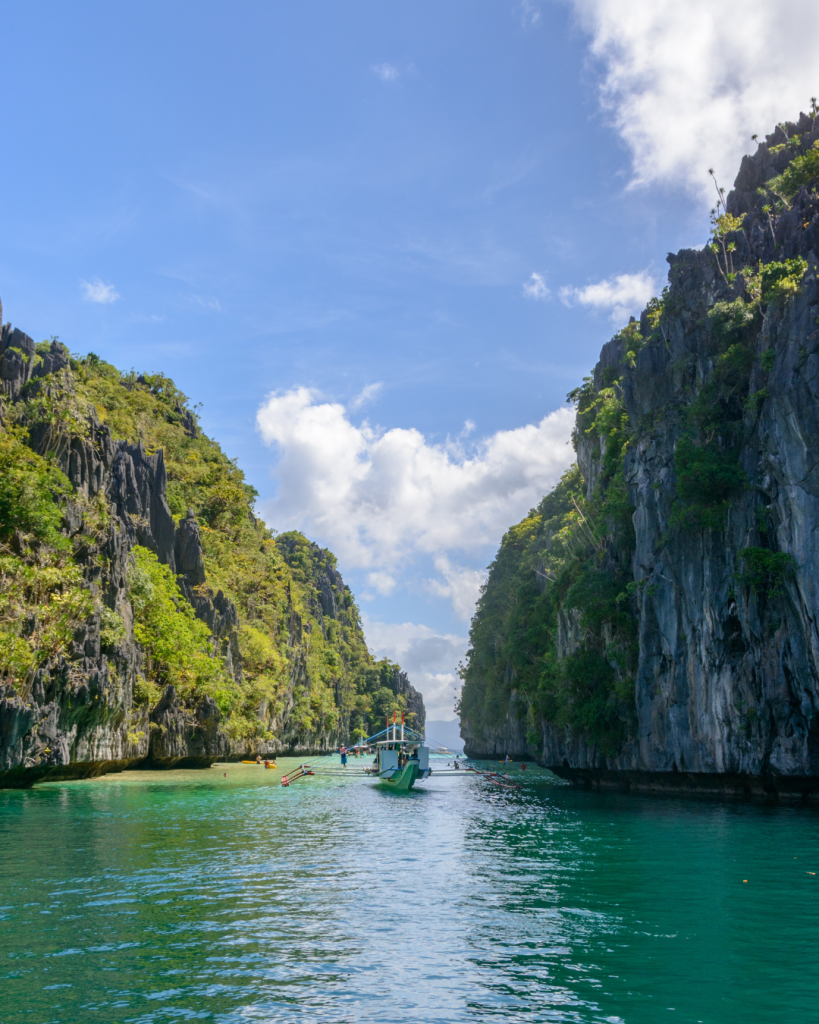
Why El Nido?
El Nido, located in the Palawan region, is a stunning destination known for its towering limestone cliffs, crystal-clear lagoons, and vibrant marine life.
Personal Experience: Island-Hopping Adventure
I spent three days island-hopping in El Nido, snorkeling in the most incredible lagoons and swimming through narrow marine passages.
One of the highlights was snorkeling with a group of friendly jackfish in Big Lagoon.
Essential Visitor Info
When to visit: December to May for the best weather.
Getting there: Fly to El Nido Airport, then take a van or tricycle to town (around 30 minutes).
Costs: Island-hopping tours start at $30-$50 per person, including lunch and snorkeling gear.
Where to stay: Stay in El Nido town or on nearby islands, with options ranging from budget-friendly guesthouses to luxury resorts.
Must-see spots: Big Lagoon, Small Lagoon, and Matinloc Island.
Food: Enjoy fresh seafood and Filipino cuisine at local restaurants.
Local tip: Be mindful of your environmental impact and respect local regulations to protect the area’s fragile ecosystem.
Asia’s beaches offer some of the most incredible snorkeling and diving experiences in the world.
From the vibrant reefs of Thailand to the stunning limestone cliffs of the Philippines, each destination has its unique charm and attractions.
Whether you’re a seasoned diver or a first-time snorkeler, these 8 beaches are sure to leave you in awe of the underwater world.
So pack your gear, grab your sunscreen, and get ready to explore the best snorkeling and diving beaches in Asia!

